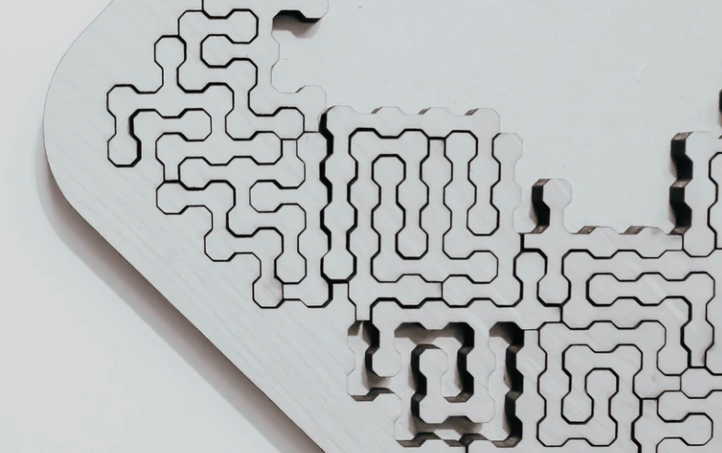As of Cisco CDA Patch 2, identity mappings provided via Cisco ISE are natively supported. This means you can authenticate against ISE, which may in turn authenticate against LDAP or Active Directory, and subsequently notify one or more Cisco CDA servers that a new user-to-IP mapping exists. Cisco accomplishes this exchange of authenticated identities via syslog messages. ISE is configured to forward syslog messages to the CDA server(s), and the CDA server(s) have the sending ISE server(s) configured as a syslog “client.”

We didn’t wait for this native support at our organization since we needed identities consumed by Cisco WLC via ISE to be available before the general release of Patch 2. How’d we manage this? After successful authentication via ISE, we would forward syslog RADIUS accounting messages to a syslog-ng server. We’d filter only the messages we needed and pass off the necessary information to a Python app listening for input on stdin. This app digests the information and creates its own RADIUS accounting packet that gets forwarded to an array of CDA and/or AD agent servers. This method works with their legacy AD agent server and non-Patch 2 CDA appliances.
Why aren’t we using the native solution? We recently encountered problems with proper user-to-IP mappings being overwritten by machine-to-IP mappings forwarded from ISE. Since we’re using ISE for user and machine auth, it does make sense to see user and machine mappings, but because only one user can be affiliated with any one IP address, the desired user-to-IP mappings occasionally get overwritten with machine names or MAC addresses. We reverted back to our own in-house solution and I’m posting it here in hopes it will help anyone else experiencing the problem. There are a few requirements to get this working:
- Forward syslog entries (filtered at your own discretion) from ISE to any syslog/syslog-ng server
- Configure the necessary source, filter, and/or destination on your syslog server. This assumes you’re already listening for network sources.
- Add your syslog server as a “Consumer Device” on all CDA servers
- Install Python & PyRad on your syslog server
- Configure the Python app, and associated modules, below:
Install PyRad first. I actually used a fork that had the correct support for cisc0-avpair. Next download the module used by the app being called from syslog-ng:
Now grab the program listening for syslog-ng $MESSAGE input. I’ve split the file into a configuration module (mod_cda.py), and the actual program (update_cda.py). Modify to suite your environment:
mod_cda.py
update_cda.py
syslog-ng.conf (excerpt)
Now you should be able to restart syslog-ng and see your application running (ps -ef | grep update_cda). It will continually listen for new messages and process them as needed. Feel free to change any of the configured logging levels to your preferred verbosity.






Share this post
Twitter
Google+
Facebook
Reddit
LinkedIn
StumbleUpon
Pinterest
Email